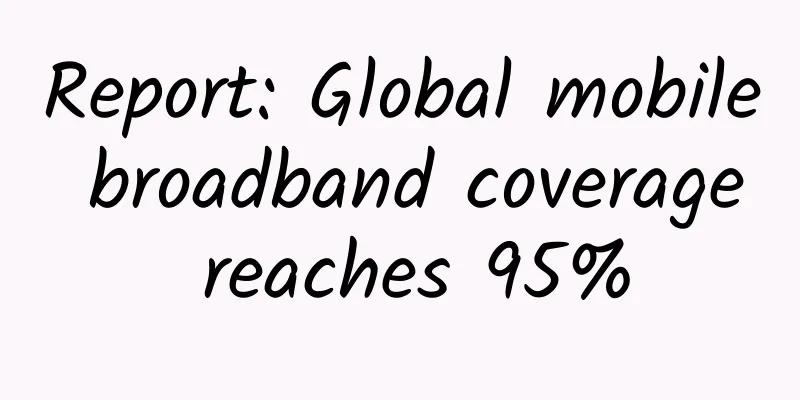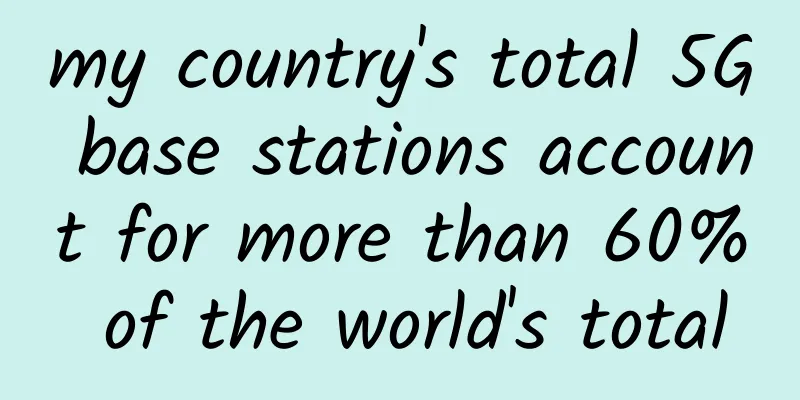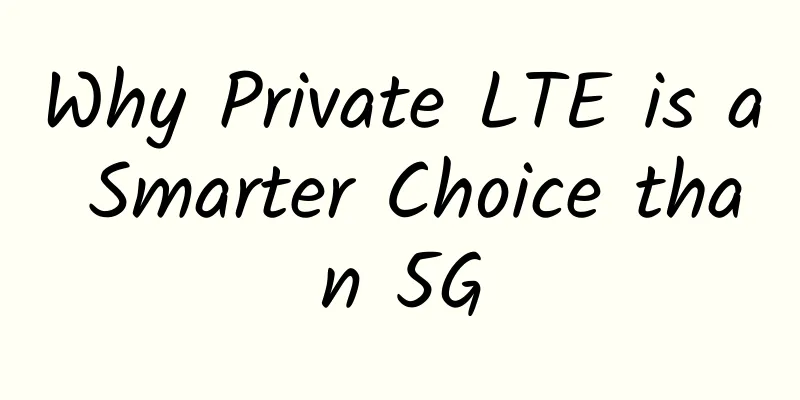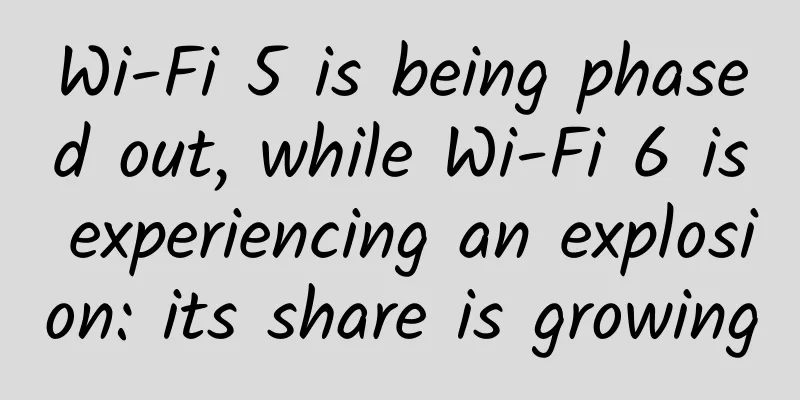Report: Global mobile broadband coverage reaches 95%

|
The majority of the world’s population – 95% – is now covered by mobile broadband networks. But according to a new report from the GSMA, 40% of those covered face other barriers that prevent them from going online. These barriers include lack of literacy and digital skills, affordability (particularly of mobile phones), access to relevant content and services, safety and security issues, and access. The report also revealed that more than half (55%) of the world’s population have access to mobile internet, up from 43% in 2017. The GSMA report added that the majority (94%) of the world’s “unconnected” people – who are more likely to be poor, live in rural areas and be women – live in low- and middle-income countries (LMICs) where lack of internet access “hinders them from playing an active role in an increasingly networked world” and who are less likely to cope with the ongoing COVID-19 pandemic, climate change, rising energy prices, cost of living crises and other economic disruptions. The report also shows that nearly 300 million people went online last year. The majority of people who started using mobile internet in 2021 were from LMICs, meaning half of the population in LMICs used mobile internet for the first time. “More than 55% of the world’s people are benefiting from the transformative power of mobile internet connectivity,” said Mats Granryd, Director General of the GSMA, in an advance statement on the mobile broadband coverage report. “Global mobile operators have now extended mobile coverage to 95% of the world’s population and continue to invest every day to expand coverage. We should celebrate this achievement, but we should not let it blind us to the greater challenges ahead.” “Now is the time to take real steps to help the 3.2 billion people who, despite living within the footprint of mobile broadband networks, are still not using mobile internet. We call on governments and organizations around the world to work with the mobile industry to make digital inclusion a real priority. Removing barriers to mobile internet adoption will boost economic recovery, improve social mobility and gender equality, and transform the lives of millions of people around the world.” The GSMA report follows a report from Ericsson predicting that 90% of wireless subscriptions in North America will be 5G in 2027, with 5G subscriptions exceeding 1 billion by the end of this year. |
<<: Introduction to message middleware series - functions and protocols
>>: Principles and Applications of Distributed System Selenium GRID
Recommend
HostTheBest: $2.5/month KVM-quad-core/1GB/30G SSD/1Gbps unlimited traffic/Los Angeles data center
HostTheBest's website about page introduces t...
What is bandwidth management?
Bandwidth management involves the strategic alloc...
11 Myths About Wi-Fi 6 and 6E
The Wi-Fi Alliance has unveiled two new versions ...
Ministry of Industry and Information Technology: Promote the construction of a strong manufacturing country and a strong network country to a new level
Xiao Yaqing, Minister of Industry and Information...
10gbiz New Year Promotion: Hong Kong/Los Angeles CN2 GIA line VPS 40% off $2.75/month, Bare Metal Server 58% off
10g.biz has launched its 2022 New Year event. In ...
Transitioning from IPv4 to IPv6, you can't miss these knowledge points
Preface Network is one of the basic skills for en...
It turns out that the HTTP protocol is so simple! Understand HttpServletRequest in one article
1. Introduction to HttpServletRequest The HttpSer...
Kaspersky Managed Detection and Response Service receives top rating in Garter Peer Insights
Kaspersky’s Kaspersky Managed Detection and Respo...
Number One "Thousand Faces" - What you see may not be me
[[423706]] Do you have such troubles? It's in...
5G competition enters the second half, shifting from technology to application
At present, 5G is rapidly integrating into variou...
Linux common command find record
The tribe recorded some usage of the find command...
New campus, new vision - Guangzhou No. 6 Middle School creates a new highland of smart education with Ethernet color light
Guangzhou No. 6 Middle School is a famous key mid...
Jim Zemlin, Executive Director of the Linux Foundation, is optimistic about diversified heterogeneous computing and believes that openness can lead to win-win results
[51CTO.com original article] On September 20, 201...
5G and eSIM drive enterprise IoT growth
New research shows that businesses around the wor...
Why ICO made a mistake and blockchain will still lead the era
Since the release of the one-size-fits-all policy...









